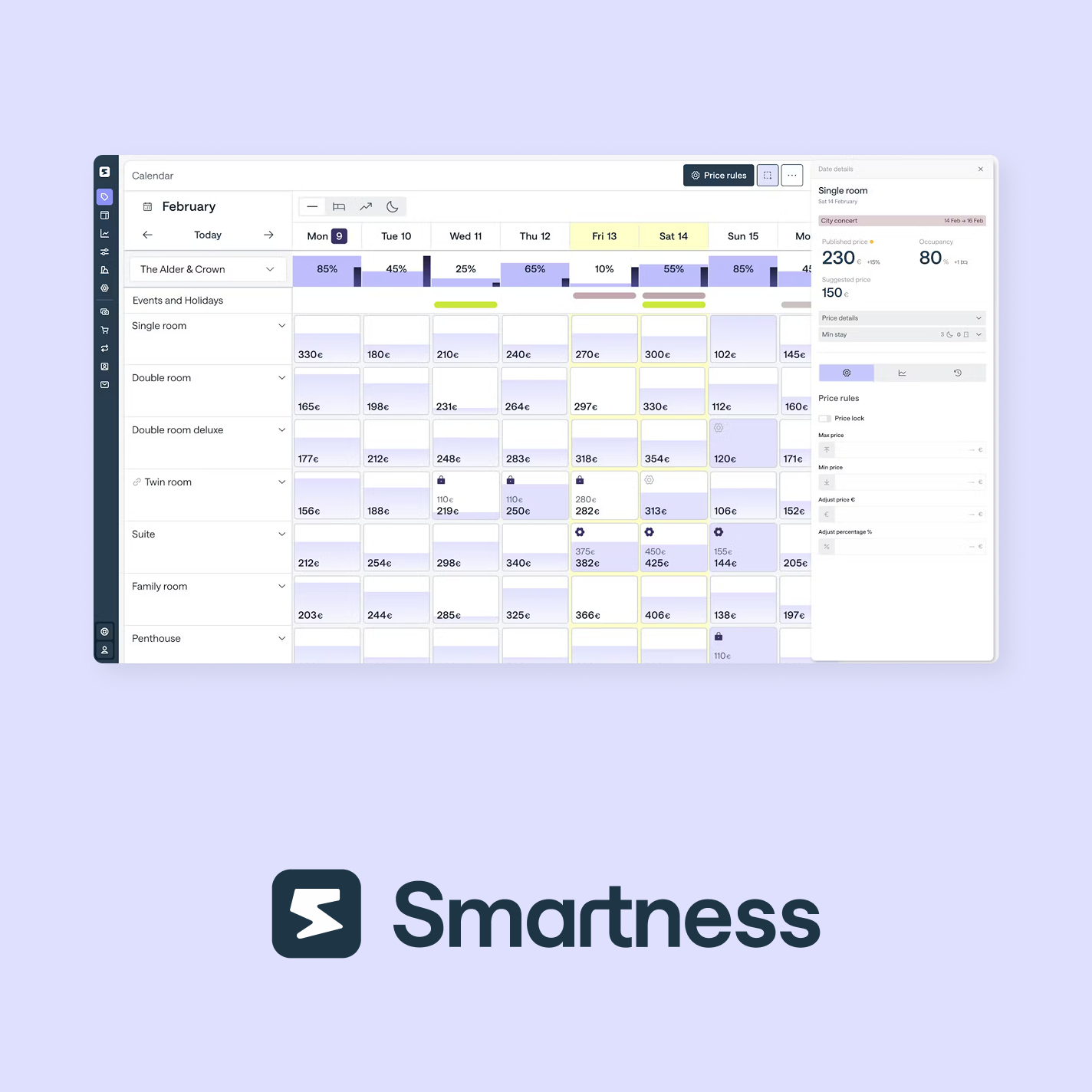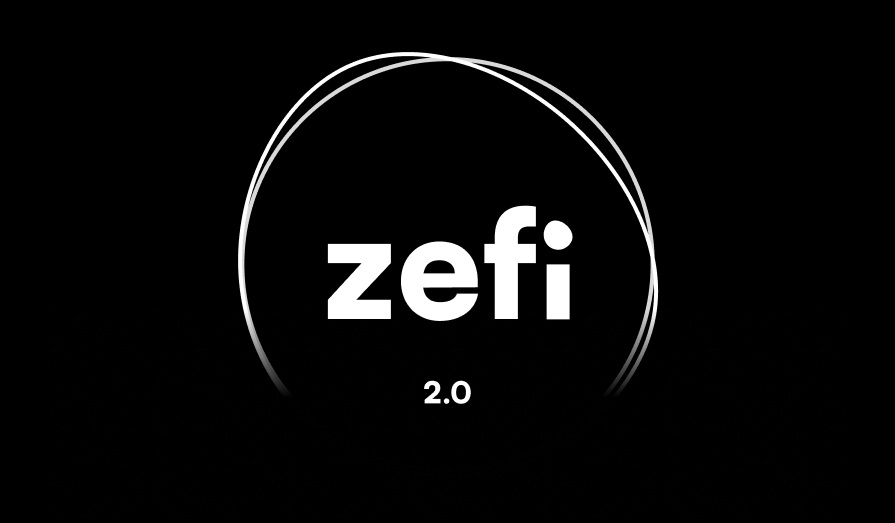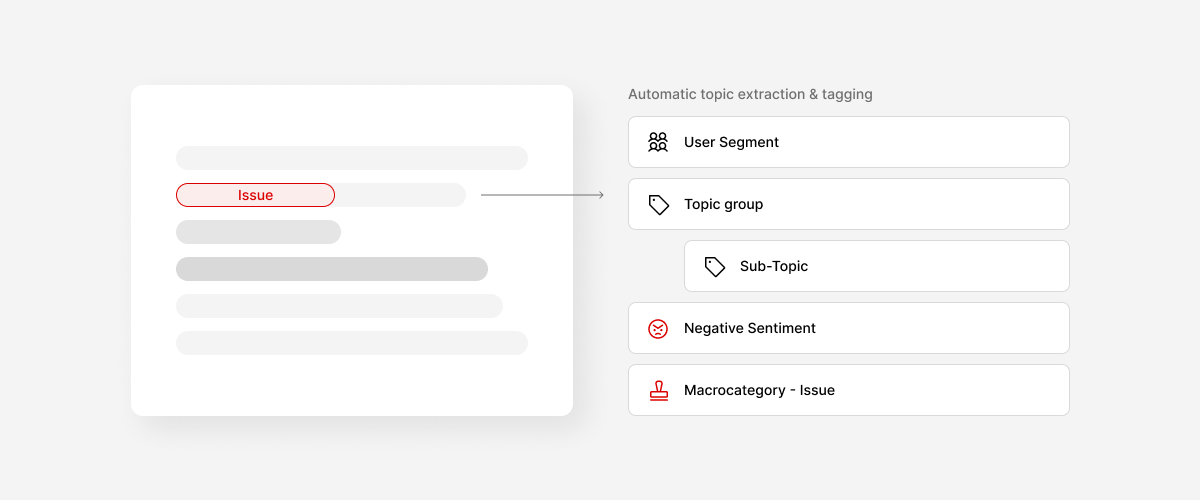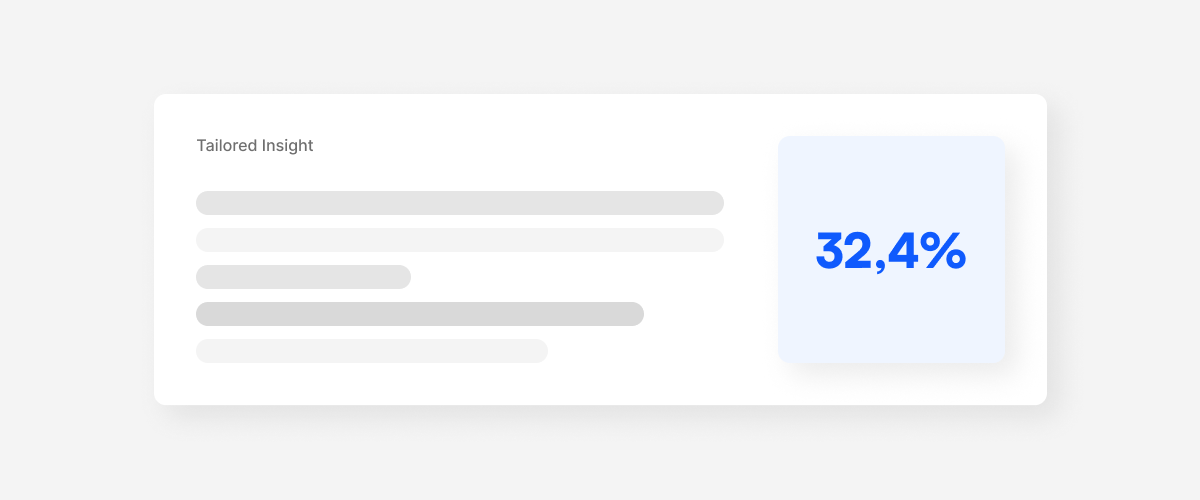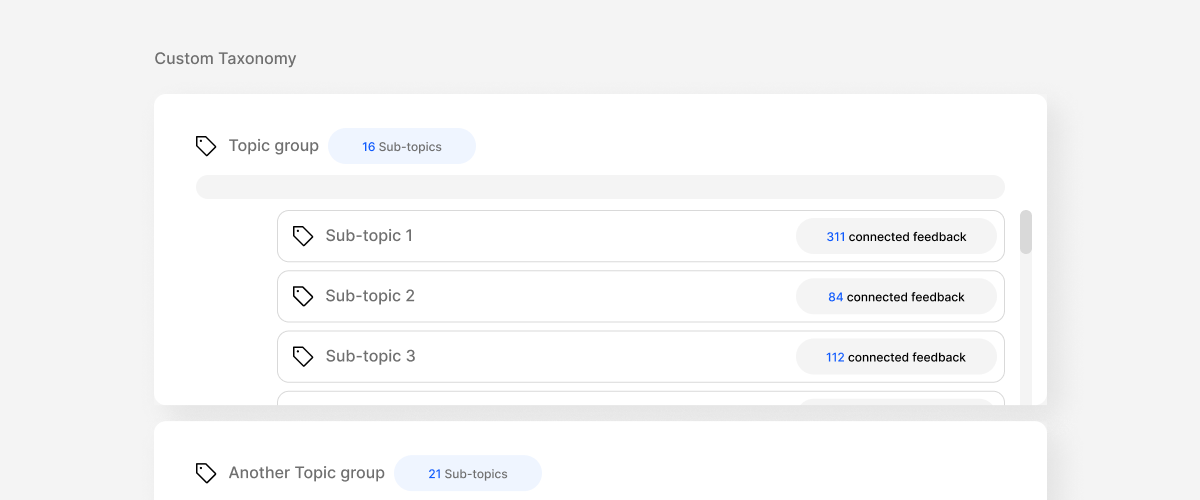Navigating the Product Development Journey: The Power of Product Requirements Documents (PRDs)
What is a Product Requirements Document (PRD)?
A PRD acts as a roadmap, outlining the essential features, functionalities, and requirements of your product. It's a crucial tool in a product manager's arsenal, enabling clear communication with stakeholders and guiding the entire development process.
Why are Product Requirements Documents Important?
A well-crafted PRD ensures everyone involved – from developers to designers and stakeholders – is on the same page. It fosters alignment around the product's purpose, helping to:
- Prioritize features: Focus development efforts on features that address user needs and contribute most significantly to the product's success.
- Manage expectations: Provide transparency for all stakeholders, ensuring a clear understanding of the product's scope and functionalities.
- Minimize scope creep: Prevent uncontrolled expansion of the project's scope, keeping development focused on the core goals and avoiding unnecessary delays or budget overruns.
How are Product Requirements Documents Used?
PRDs are instrumental throughout the product development lifecycle:
- Communicating with stakeholders: Clearly convey product vision and features to gain buy-in and ensure alignment across teams.
- Guiding development: Provide a detailed blueprint for developers and designers, ensuring they understand the specific requirements for each feature.
- Managing expectations: Set clear expectations for stakeholders regarding the product's functionalities and timeline.
Creating Your Product Requirements Document:
Here's a step-by-step approach to crafting an effective PRD:
- Define the problem: Clearly articulate the issue the product aims to resolve.
- Identify the target audience: Pinpoint who will be using the product and their specific needs.
- Define features and functionalities: Outline the features and functionalities required to address the target audience's needs.
- Prioritize features: Based on importance and available resources, prioritize features for development.
- Communicate clearly: Use concise and unambiguous language to communicate product requirements.
- Gather feedback: Solicit feedback from stakeholders and iterate on the PRD based on their input.
When to Utilize Product Requirements Documents:
PRDs are most valuable at the outset of the product development process. They help define the project's scope, ensuring everyone involved is aligned and understands the journey towards product success. However, PRDs are living documents and can be updated throughout development as new requirements emerge or modifications are made to the product's scope.
By effectively utilizing PRDs, product managers can navigate the development process with greater clarity and purpose, ultimately delivering products that meet user needs and resonate with the market.









